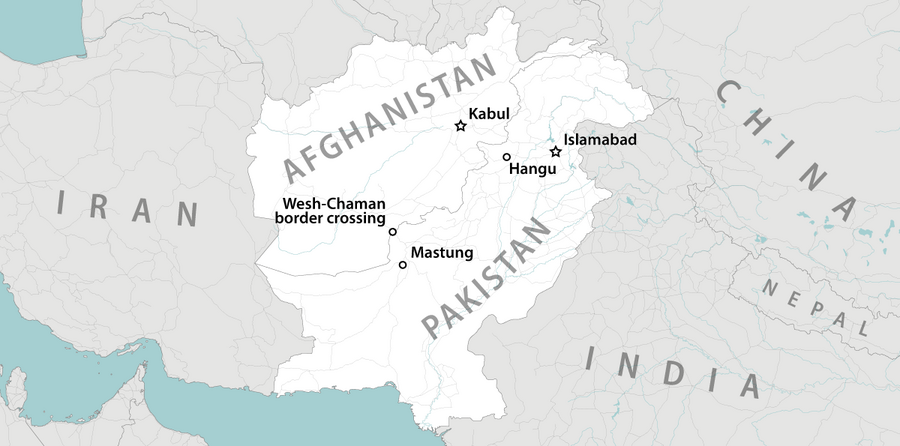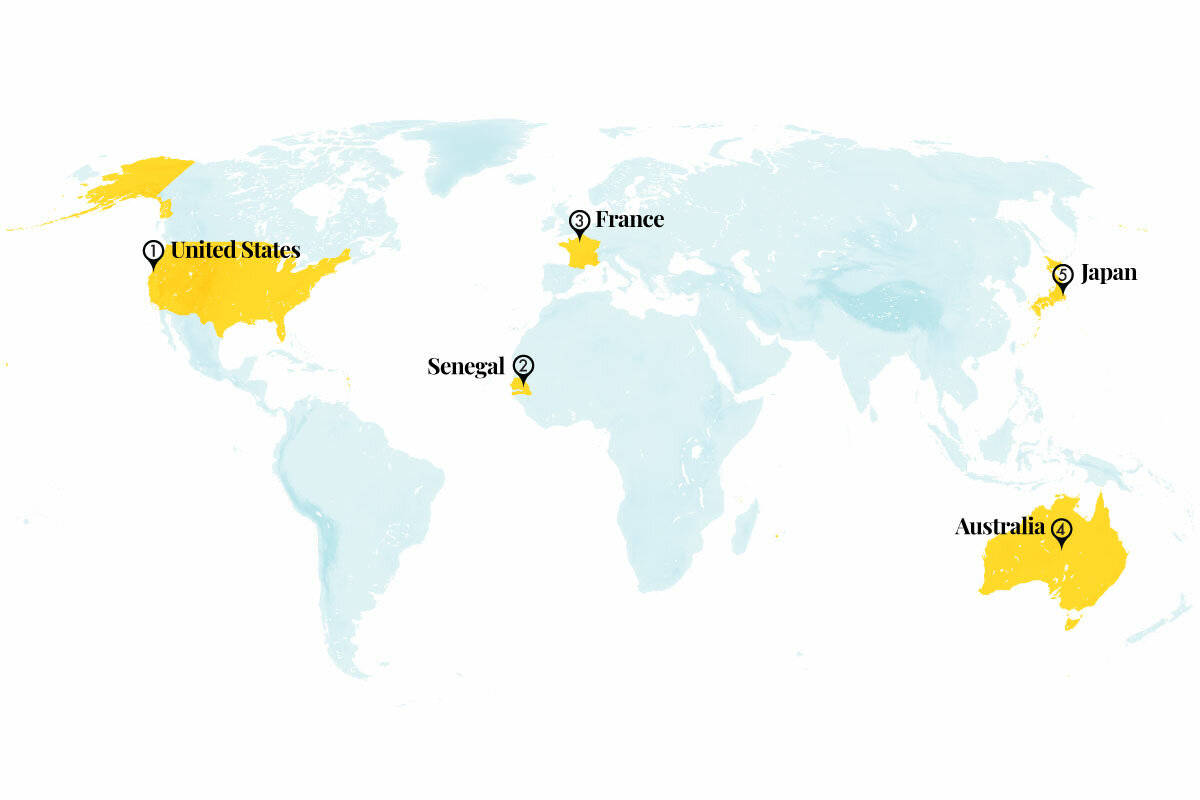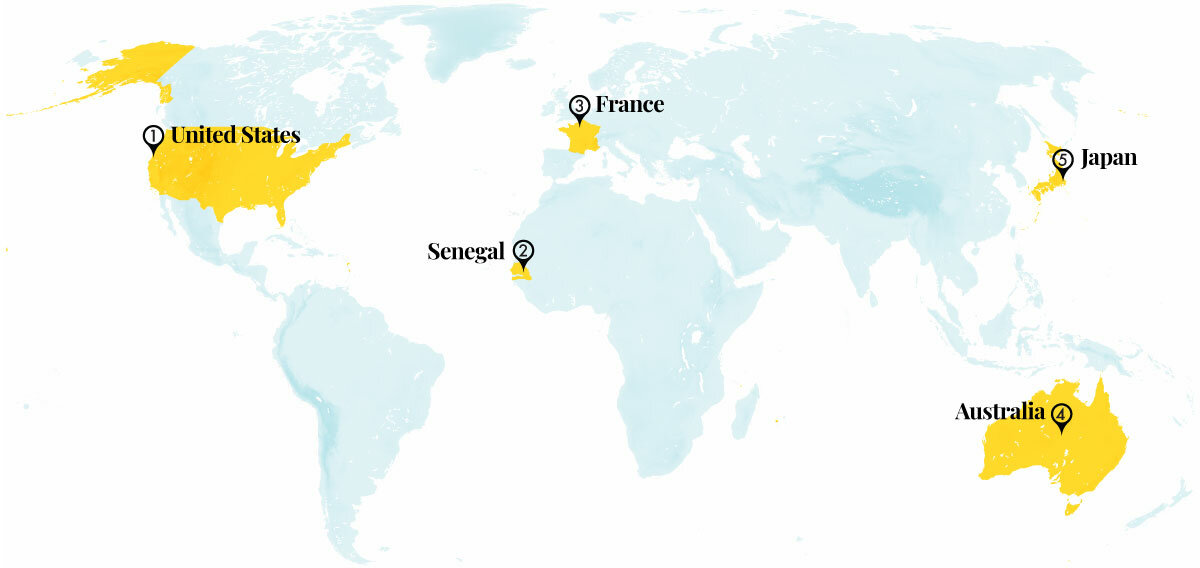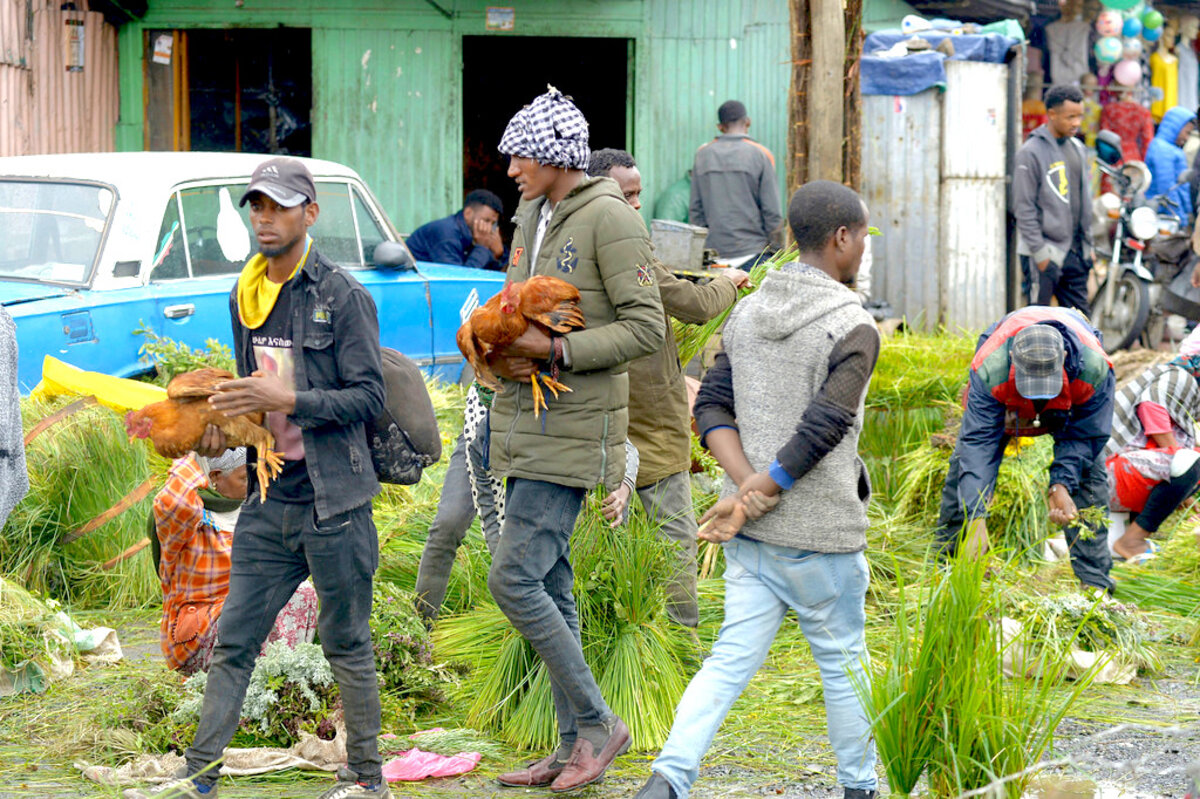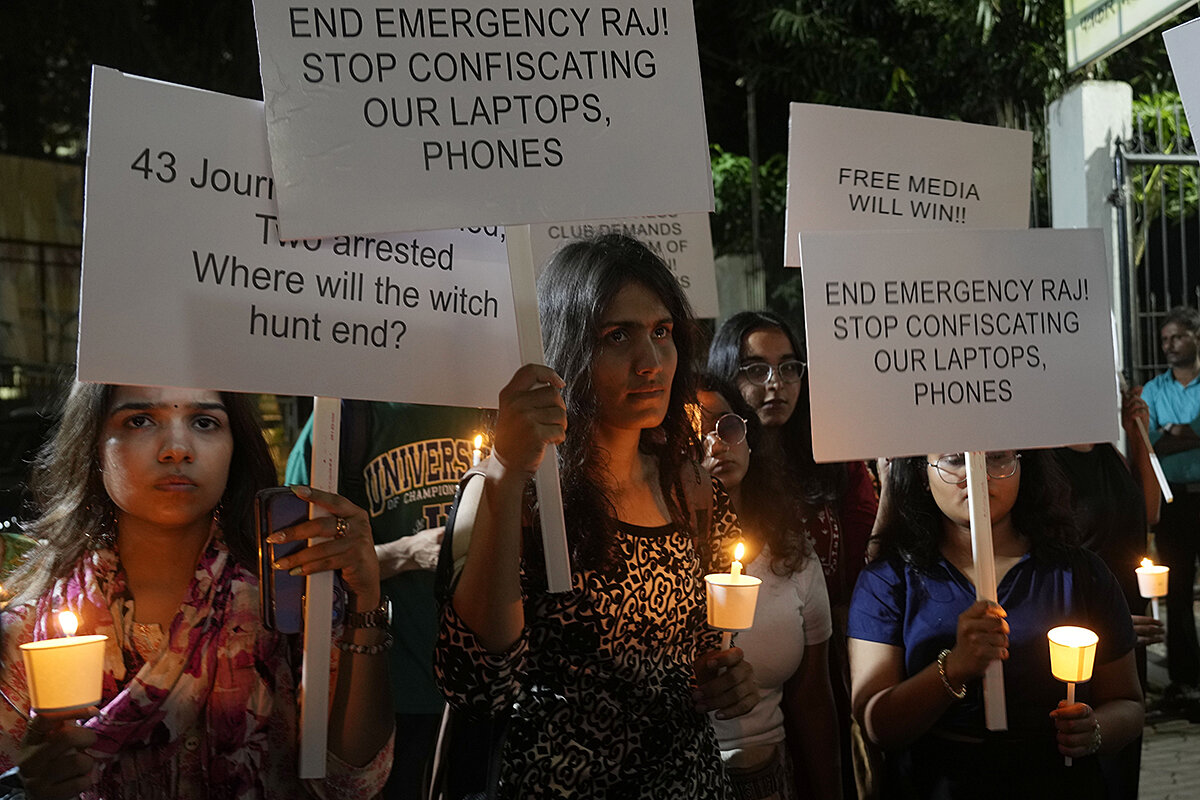A theme of the term is likely to be consequences, with the court wrestling with the fallout from some of its landmark conservative rulings.
Monitor Daily Podcast
- Follow us:
- Apple Podcasts
- Spotify
- RSS Feed
- Download
 Mark Sappenfield
Mark Sappenfield
Welcome to today’s Daily. We’ve got stories for you on the new U.S. Supreme Court term, which will aim to deepen the court’s conservative revolution, as well as our weekly roundup of progress around the world. (No, the Republic of Super Neighbors is not the next Marvel film.)
Meanwhile, New Hampshire is fighting tooth and nail to keep its place on the presidential primary calendar, though many Democrats are not impressed. And Pakistan appears to finally be realizing that its long-standing support of the Taliban might not be the greatest idea.
But Ned Temko’s Patterns column prompted me to reach out to him. Is it really as big a deal as it sounds? Yes, he says. It is.
The subject of the column is the European Union. But it’s really much more about what Ned calls “the third seismically redefining event of modern European history.” So, a big deal. It’s about Europe’s vision for what it wants to be going forward.
For years, admitting additional Eastern European members was not a priority. The EU had other things to deal with, most particularly the historic number of migrants arriving from Africa and the Middle East.
But the Ukraine war has underscored the importance of rethinking Europe’s most prestigious club. Ned says it is a new inflection point in European history, following World War II and the Cold War. There’s a new desire to expand the tent of membership – to bring more countries in and trust the influence of the EU to drive change where democratic or economic progress is needed.
Ukrainian President Volodymyr Zelenskyy has a compelling argument. Central to his plea to join the EU, Ned says, has been the fact that Ukrainians “are sacrificing their livelihoods and even their lives not merely to defend their country against an invader, but in defense of a Western, democratic way of life.”






